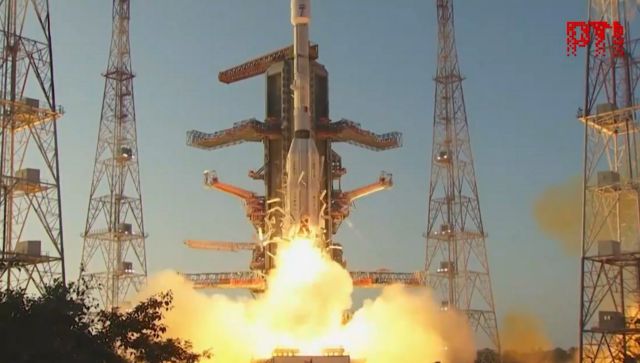ISRO has successfully launched the GSAT-6A satellite aboard the GSLV-F08 rocket from Andhra Pradesh’s Sriharikota launchpad and placed in the Geosynchronous orbit of the Earth. The S-band communication satellite has a twin already placed in the orbit called the GSAT-6 and it was launched back in 2015.
All stages of the rocket were successfully executed during the launch and the payload fairing containing the GSAT-6A was separated as per calculations. The satellite will join its brother in orbit and the S-band satellite’s 2.5 GHz band, which is used for 4G transmission , is going to be very crucial for telecom giants.
As of now, this happens to be the fifth successful launch of the GSLV-F08 rocket with an Indian-built cryogenic upper stage engine. As a matter of fact, the rocket has a spotty history of having five of its 11 flights ending in a failure.
The satellite also contained an Unfurlable Antenna’ which is six meters long and has an umbrella-like shape. Once the satellite has been placed in orbit this antenna will unfurl and become nearly three times as broad as a normal antenna. The GSAT-6A will provide multi-beam coverage facility with five spot beams of the S-band along with one beam of the C-band.
The GSAT-6A is also believed to be designated for military use and has a 0.8-meter long antenna for the hub communication link. The satellite weighs 2066 kg, costed around Rs 270 crores and is the most powerful home-made communication satellite till date.
This is ISRO’s last launch of the financial year and a navigation satellite is set to be launched after the next fiscal year begins. The GSAT-6A is going to have an estimated lifespan of up to 10 years as per ISRO.


)




)
)
)
)
)
)
)
)